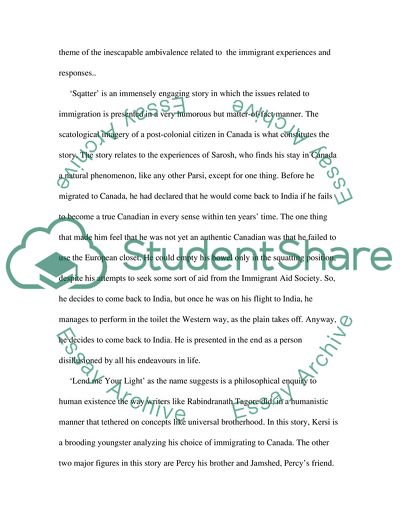Review and Analysis of the Literature on Immigration Essay Example | Topics and Well Written Essays - 1500 words. https://studentshare.org/literature/1707082-literature-of-immigration
Review and Analysis of the Literature on Immigration Essay Example | Topics and Well Written Essays - 1500 Words. https://studentshare.org/literature/1707082-literature-of-immigration.


